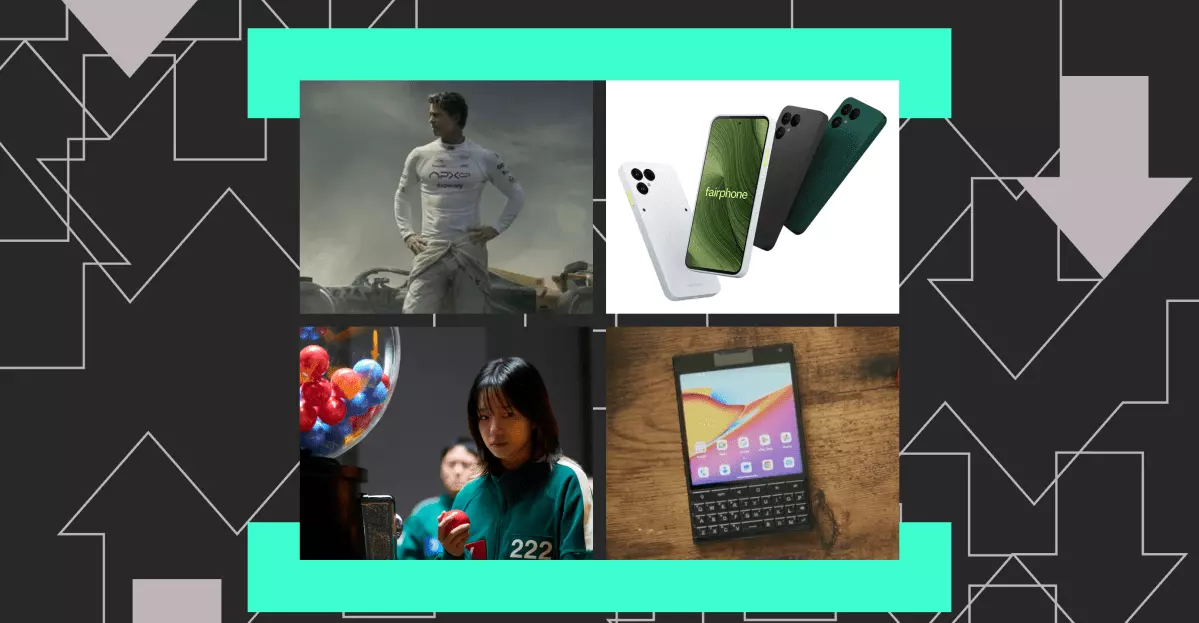Elon Musk, the enigmatic billionaire known for his visionary ventures, made waves in January with the announcement that Neuralink, his brain-computer interface startup, had successfully implanted a wireless brain chip into a human subject. This groundbreaking move marked a significant leap forward in the realm of neurotechnology, promising a future where humans could interface directly with machines. However, as with any pioneering endeavor, the road to innovation is often paved with challenges and setbacks.
The initial excitement surrounding the successful implantation was soon tempered by revelations of issues with the device. Neuralink acknowledged in a blog post that there had been a decline in the rate of data streaming from the implanted chip over time, raising concerns about its functionality. The N1 chip, a marvel of modern technology, comprises a microprocessor, a battery, a communications chip, and 64 threads thinner than a human hair. These threads were delicately inserted into the subject’s motor cortex, enabling the transmission of neural signals wirelessly.
One of the prevailing theories behind the malfunction was the presence of trapped air in the subject’s skull post-surgery, which may have caused the threads to shift out of place. Despite this setback, Neuralink remained undeterred, employing innovative solutions to address the challenges. By optimizing the recording algorithm and refining techniques to interpret neural signals into actionable commands, the company managed to enhance the performance of the implanted device, demonstrating resilience in the face of adversity.
Reports from sources within Neuralink revealed that the team had anticipated hurdles in this groundbreaking endeavor. The company has proactively engaged with the Food and Drug Administration to propose potential remedies for future surgeries involving human subjects. Looking ahead, Neuralink has ambitious plans to implant two more patients in the coming months, with a goal of reaching a total of ten individuals by the end of the year. While the path ahead may be fraught with uncertainties, the team at Neuralink remains steadfast in their commitment to pushing the boundaries of human-machine integration.
In the grand scheme of things, Neuralink’s endeavors are not entirely unprecedented. The field of neurotechnology has seen remarkable advancements in recent years, with researchers and innovators striving to unlock the full potential of the human brain. As we stand on the cusp of a new era where man and machine converge, the challenges faced by Neuralink serve as a poignant reminder of the complexities inherent in pioneering scientific frontiers. While setbacks may test the resolve of even the most visionary minds, it is through perseverance and ingenuity that we inch closer to realizing the boundless possibilities that lie ahead in the realm of neurotechnology.


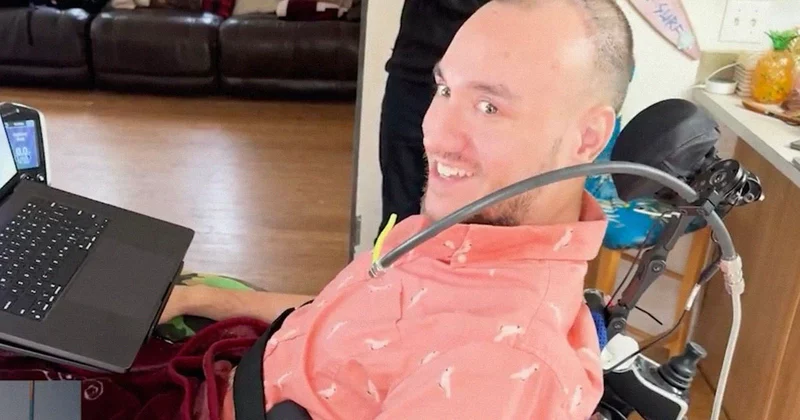

 By
By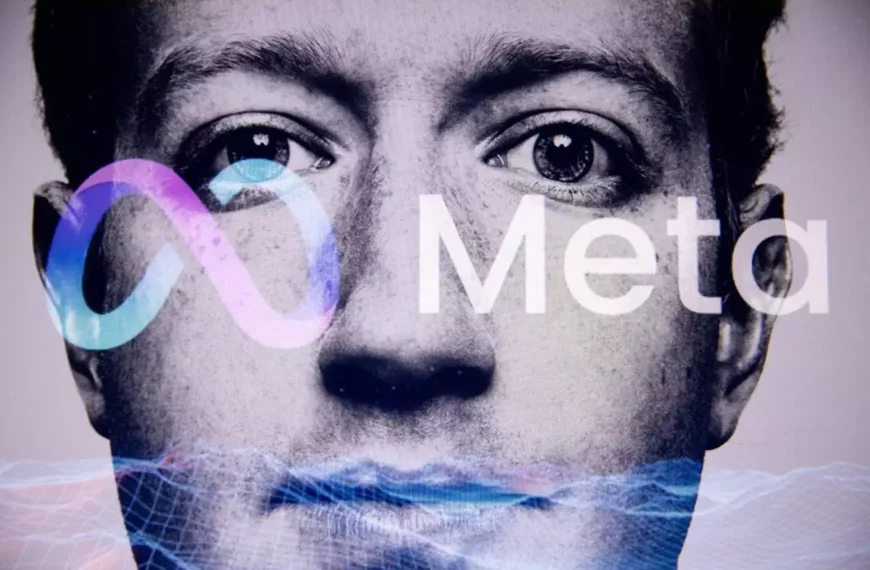
 By
By
 By
By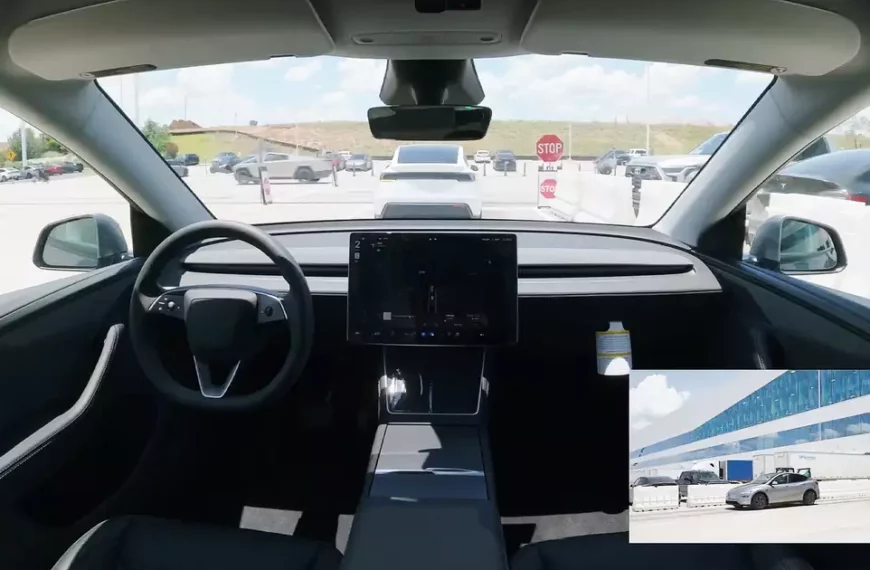
 By
By![A person sits on a blue chair during a discussion at an event. They appear thoughtful, wearing a dark jacket and a light shirt, with a blue backdrop featuring the text "HUMAN[x]."](https://biztechweekly.com/wp-content/uploads/2025/07/metas-14.3b-scale-ai-investment-sparks-surge-in-competitor-growth-and-client-shifts-in-ai-training-market-870x570.webp)
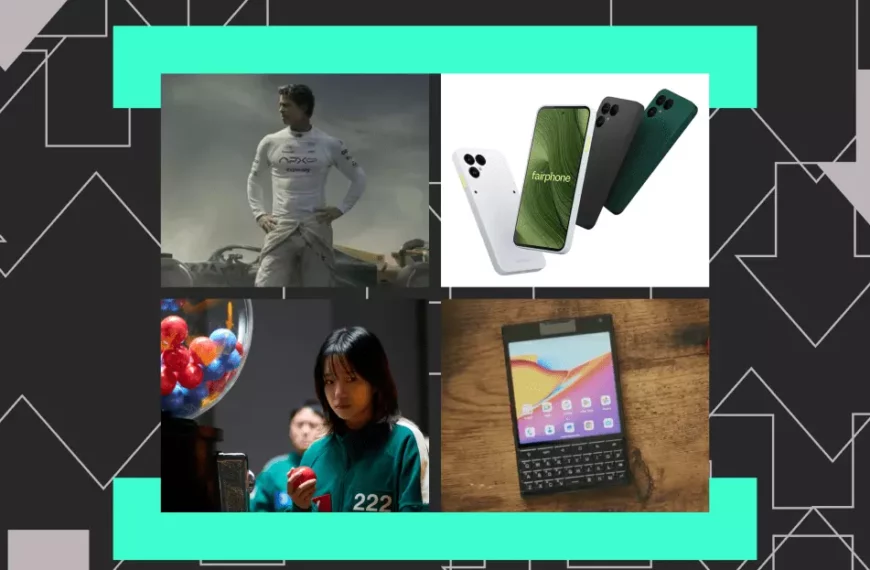
 By
By





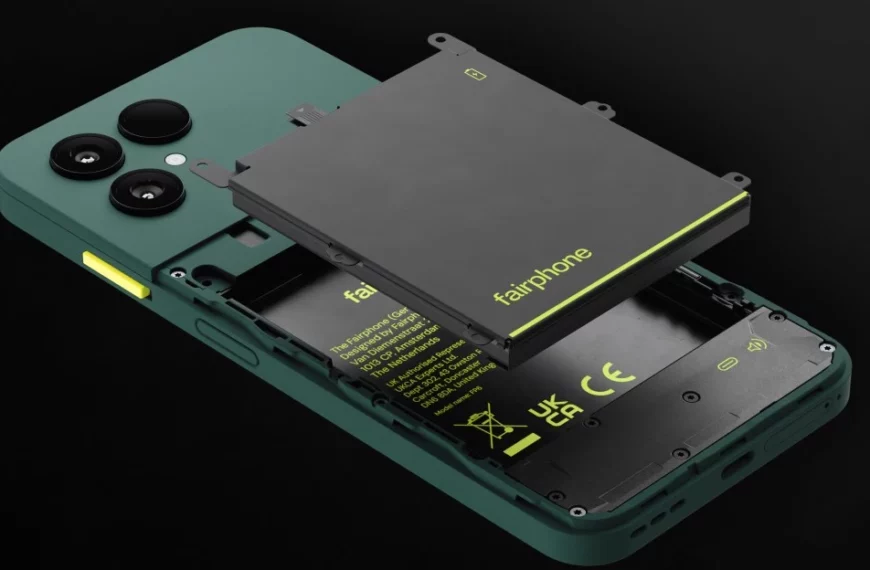
 By
By
 By
By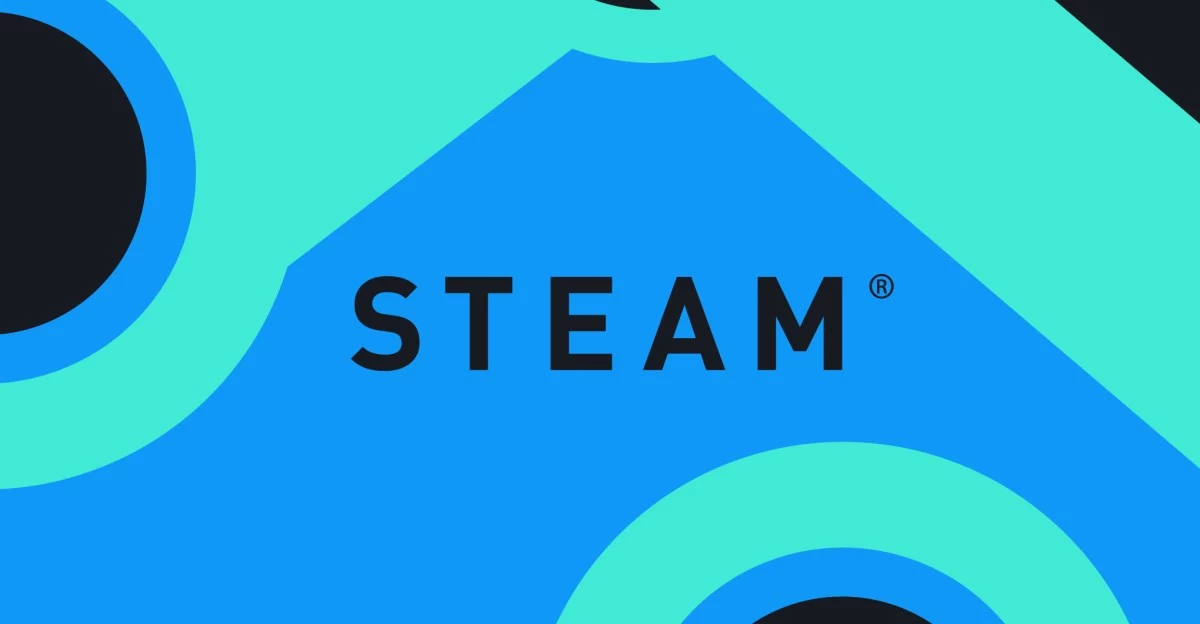

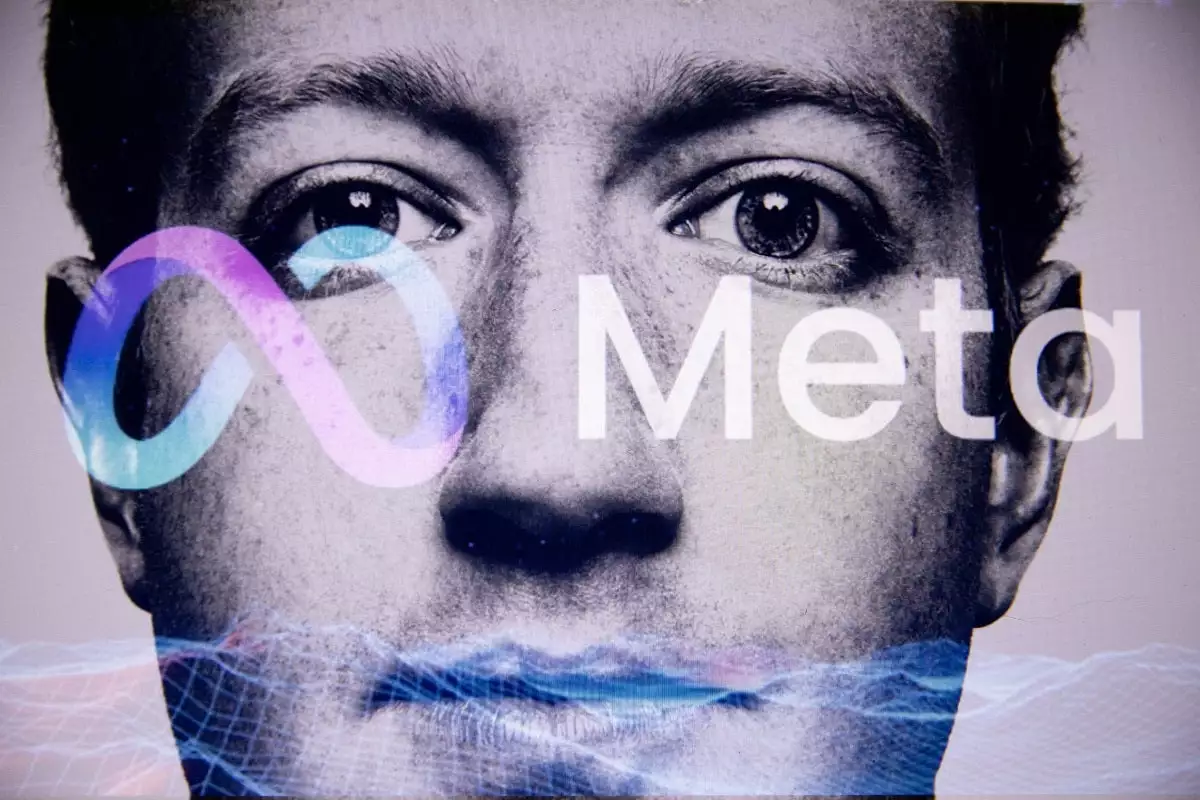

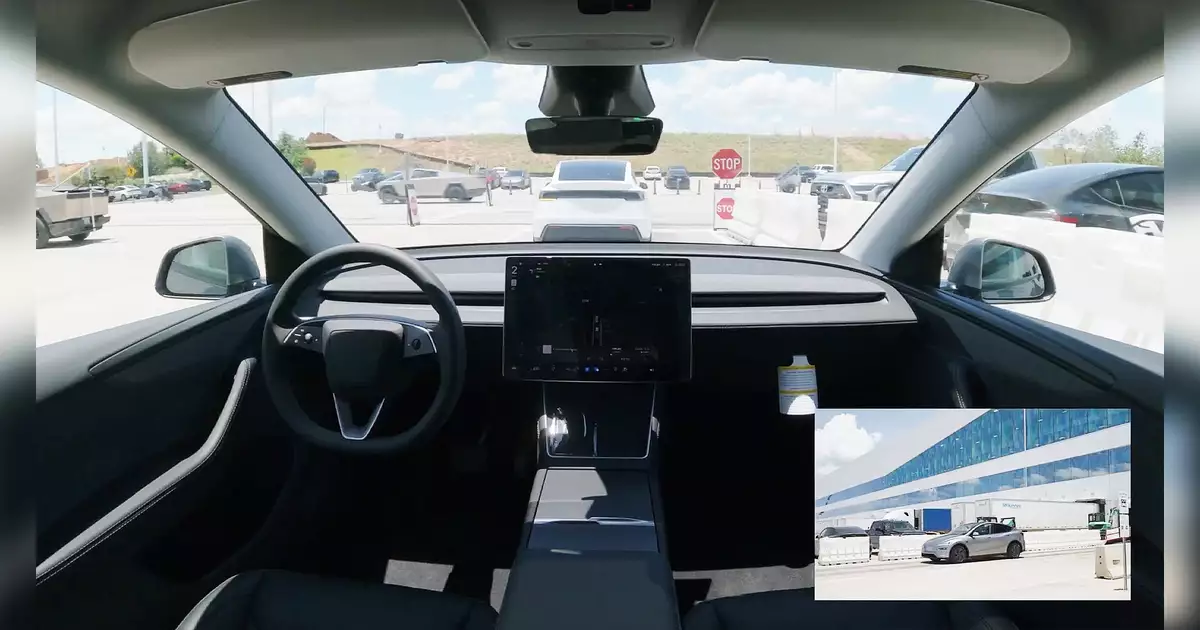

![A person sits on a blue chair during a discussion at an event. They appear thoughtful, wearing a dark jacket and a light shirt, with a blue backdrop featuring the text "HUMAN[x]."](https://biztechweekly.com/wp-content/uploads/2025/07/metas-14.3b-scale-ai-investment-sparks-surge-in-competitor-growth-and-client-shifts-in-ai-training-market.webp)
